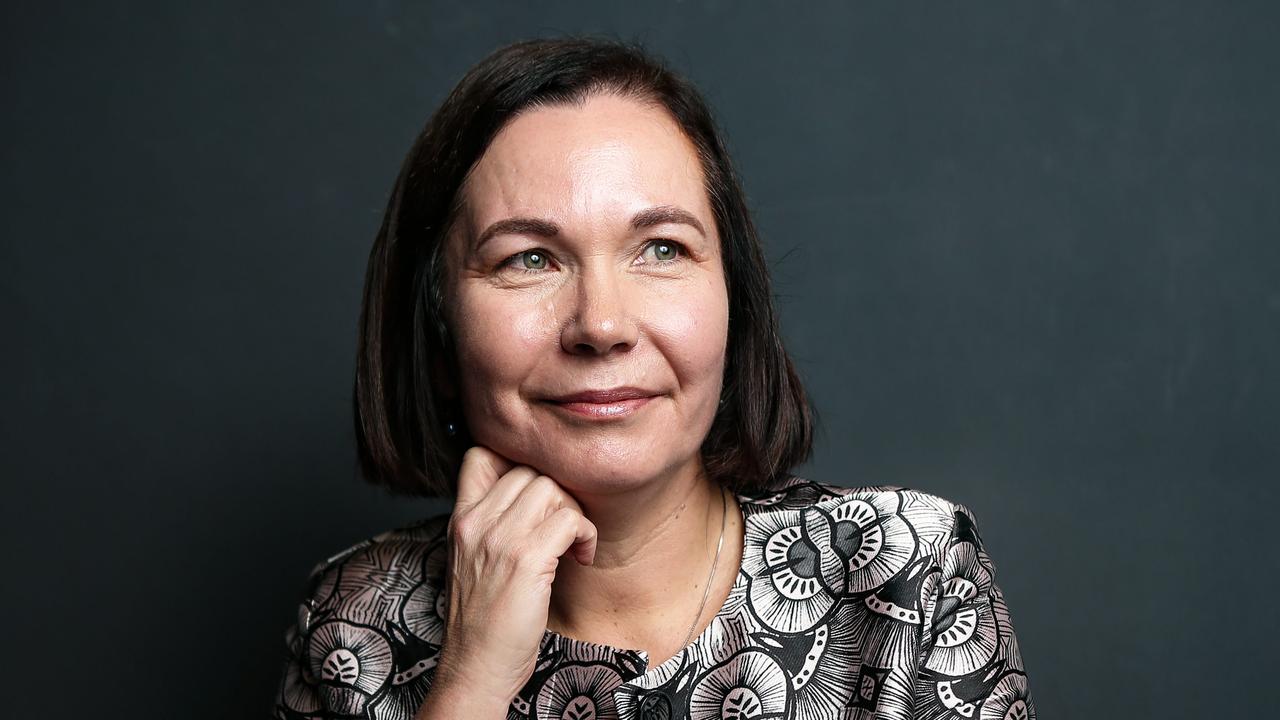Coalition’s coal conundrum: win some seats, lose a lot more
Call it the coal trade-off. Talk up renewables and it plays well in the progressive, blue-green seats of the capital cities. Put your energies into coal-fired power and you get a boost in the mining belt across regional Queensland but take a hit back in the city.
But what is the trade-off in terms of seats won and lost when it comes to coal? The place to start is to look at the “Turnbull bump” at the 2016 election.
The Coalition’s first round of leadership turmoil had an overall negative effect. From winning 90 seats under Tony Abbott in 2013, it limped back into power with 76 seats, the barest of majorities. Nationwide, the swing against the Coalition was 3.1 per cent.
There were 18 seats where the Coalition under the renewables-focused, “small-l liberal” Malcolm Turnbull improved its vote on two-party-preferred terms.
Fifteen were progressive, inner-city electorates, with higher-than-average incomes and a tendency to deliver a substantial Greens vote. Ten of the 18 were in Victoria, which Labor Premier Daniel Andrews likes to brand the nation’s most progressive state.
As a crude measure, the difference in the swing to the Coalition in those 18 seats compared with the national swing against the Coalition helps to quantify the “Turnbull bump” from changing leaders. (Of course, other factors, such as new candidates and retiring MPs, also have an effect.)
The bump was biggest in Chisholm, the only Labor seat the Coalition gained in 2016. Julia Banks gained a swing of 2.8 per cent, six percentage points better than the Coalition’s performance nationally, to replace the popular retiring Labor MP Anna Burke.
Now Turnbull is gone, any “Turnbull bump” in 2016 could just as easily evaporate at this year’s election, depending on how Scott Morrison frames the Coalition’s position on energy.
Chisholm is almost certainly lost after Banks quit the party over the ousting of Turnbull. But take the “bump” away and the Coalition is also in trouble in Deakin and Higgins in Melbourne, Reid in Sydney and the seat of Brisbane. Other “bump” seats where the Coalition loses out from dumping Turnbull include Aston in Melbourne, Bennelong in Sydney and Ryan in Brisbane.
Yet the problem is wider. Other seats in Victoria at risk are: Dunkley and Corangamite, both notionally Labor after a redistribution, and La Trobe and Casey. Even Flinders and Menzies, which have safer margins, could fall. And the push against Abbott in Warringah, driven by climate activists backing independent Zali Steggall, could deliver another seat.
How does the possibility of losing 14 seats where coal-fired power is toxic compare with the gains of talking up coal? There are five Queensland seats where coalmining is a major issue. The three held by the Coalition — Capricornia, Flynn and Dawson — are marginal, as is the Townsville seat of Herbert, which Labor won in 2016 by 37 votes. In the opposite of a “Turnbull bump”, the Coalition suffered swings that were larger than the national swing in four of the five Queensland coal seats after Turnbull took power.
Therein lies the Coalition’s coal trade-off. Talk up coal power and maybe save three seats and snatch one back in Queensland. But more than a dozen east-coast city seats could be lost in the process.



To join the conversation, please log in. Don't have an account? Register
Join the conversation, you are commenting as Logout